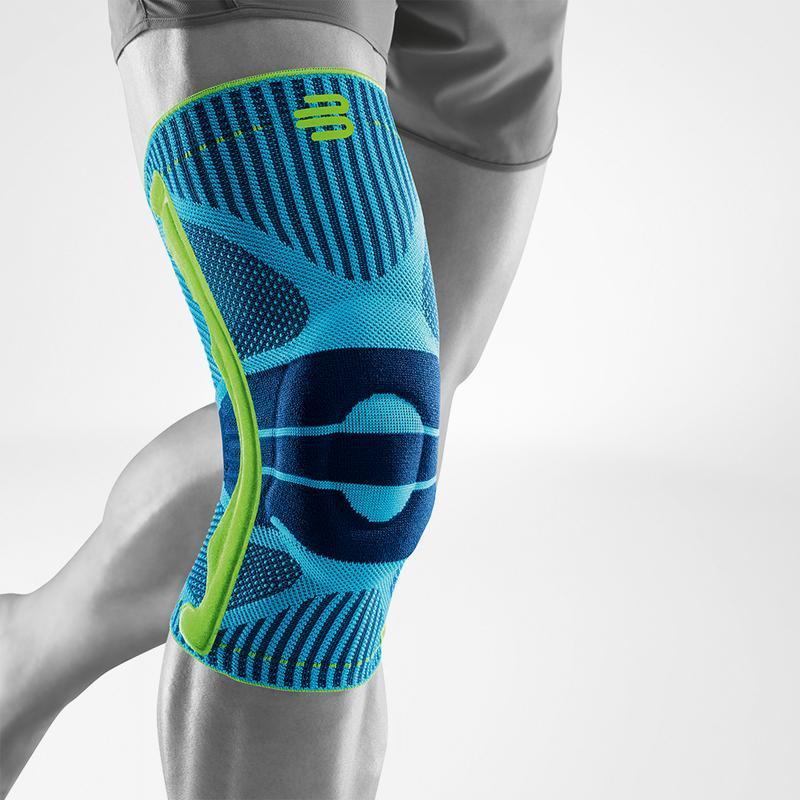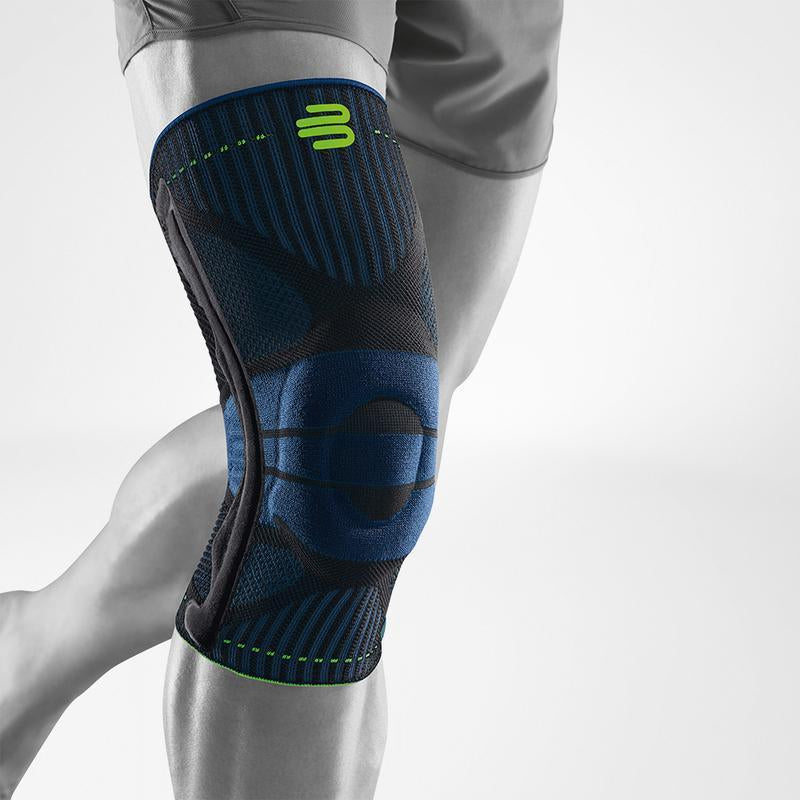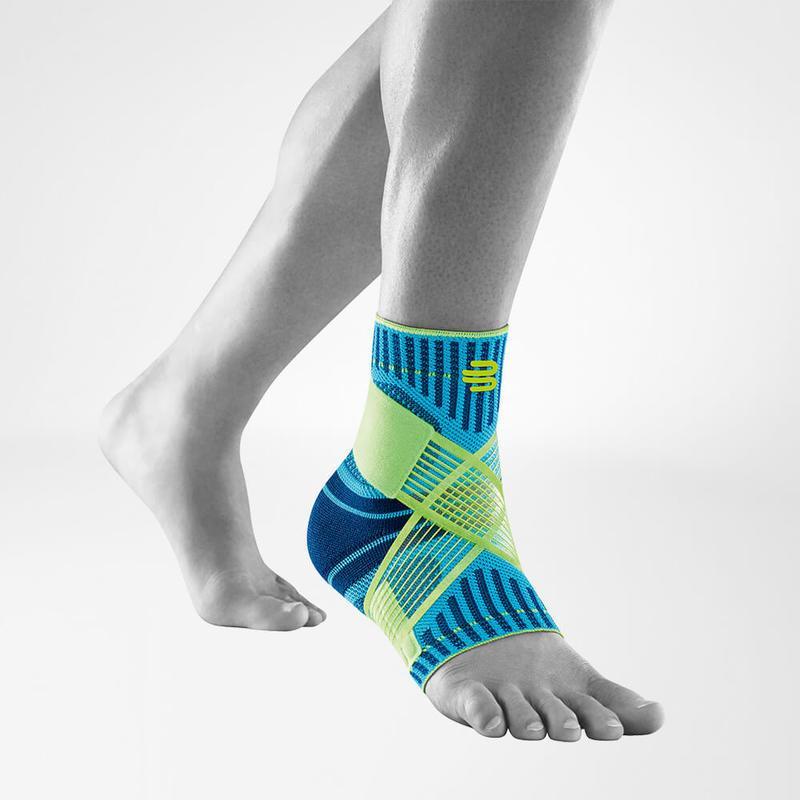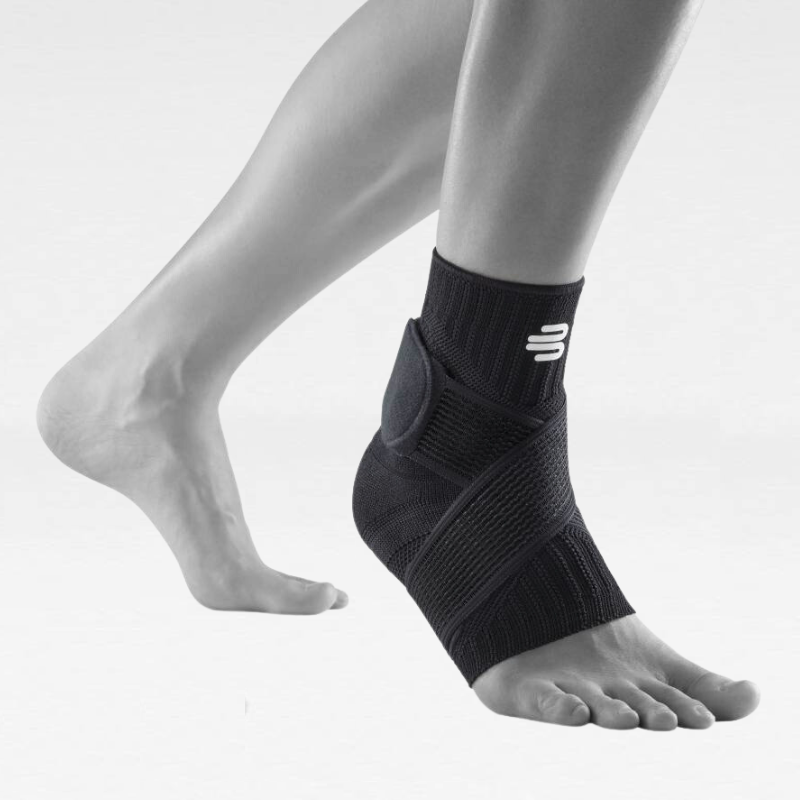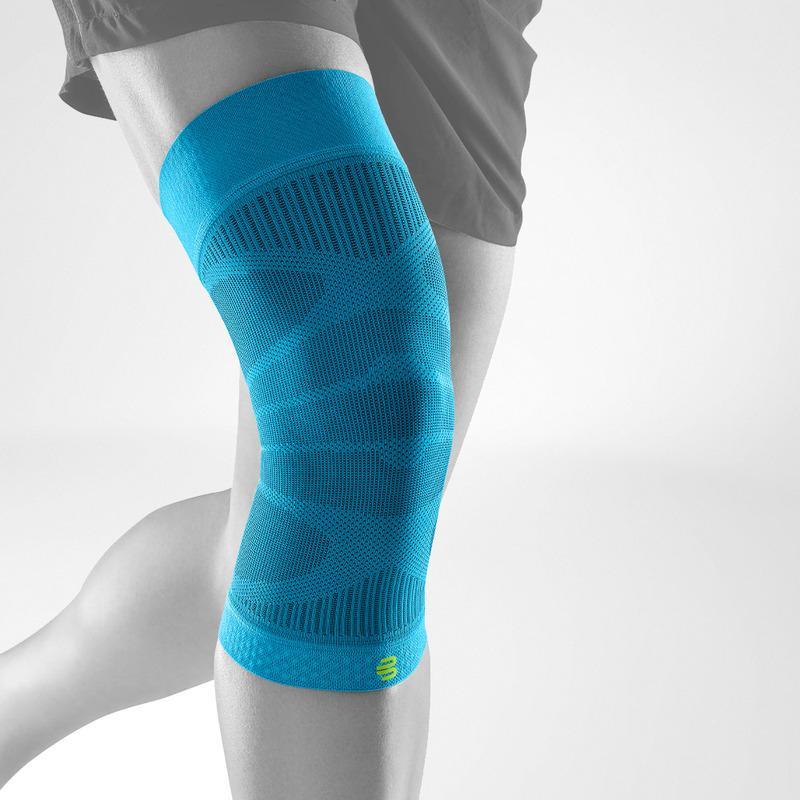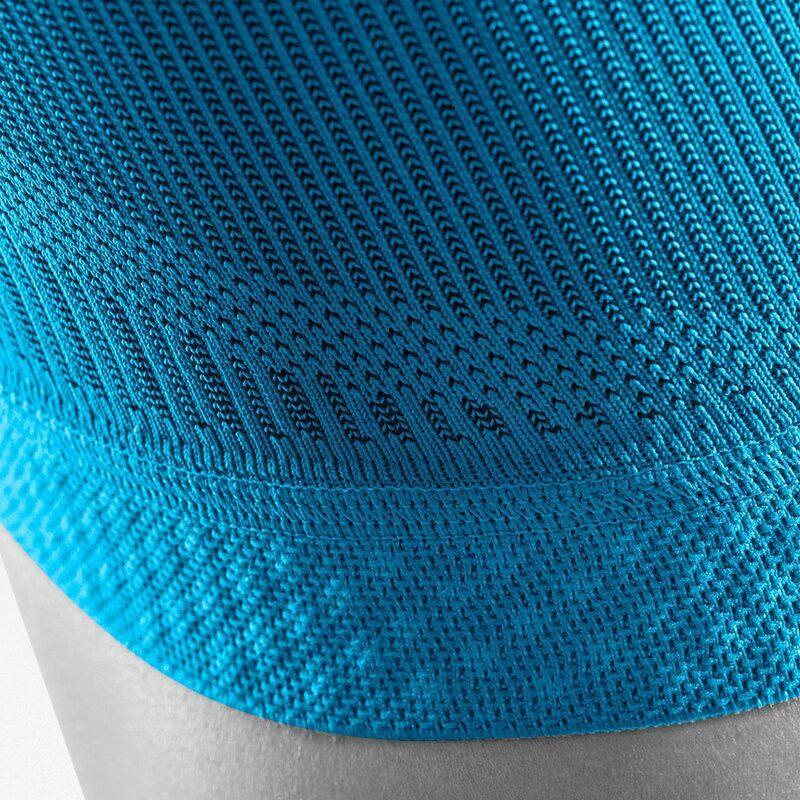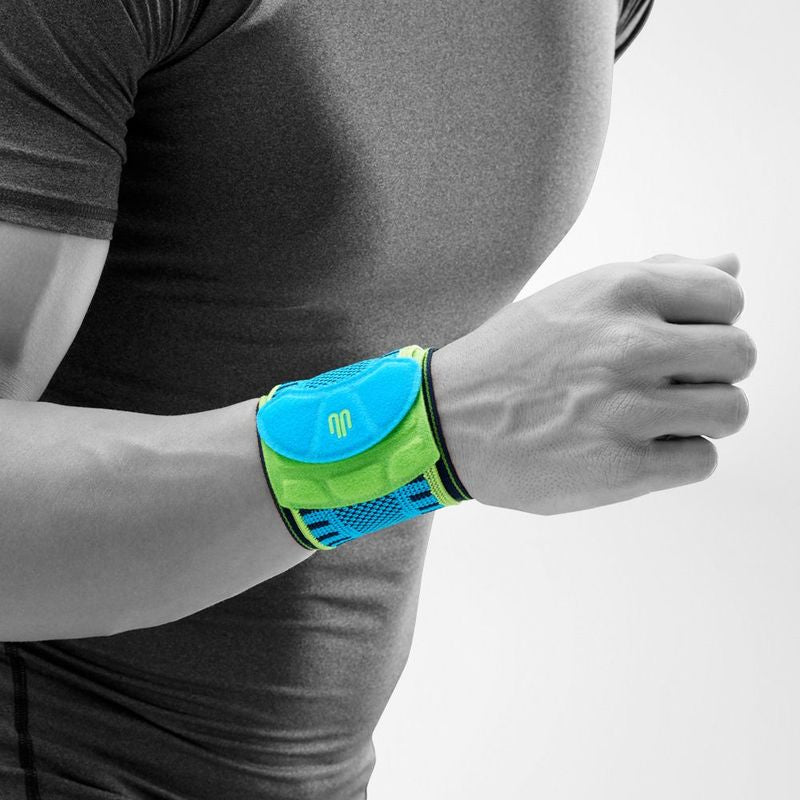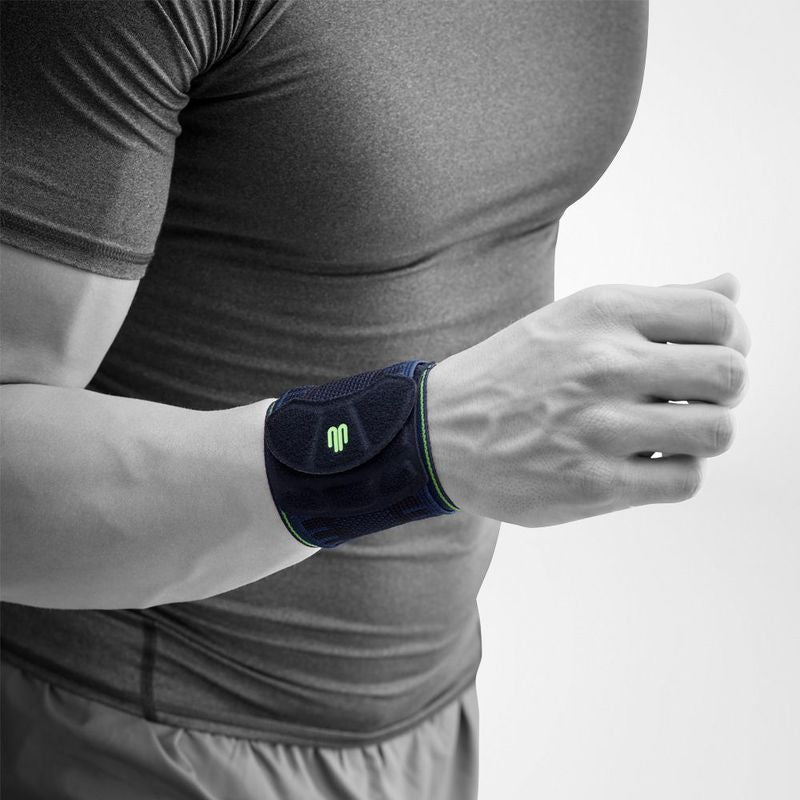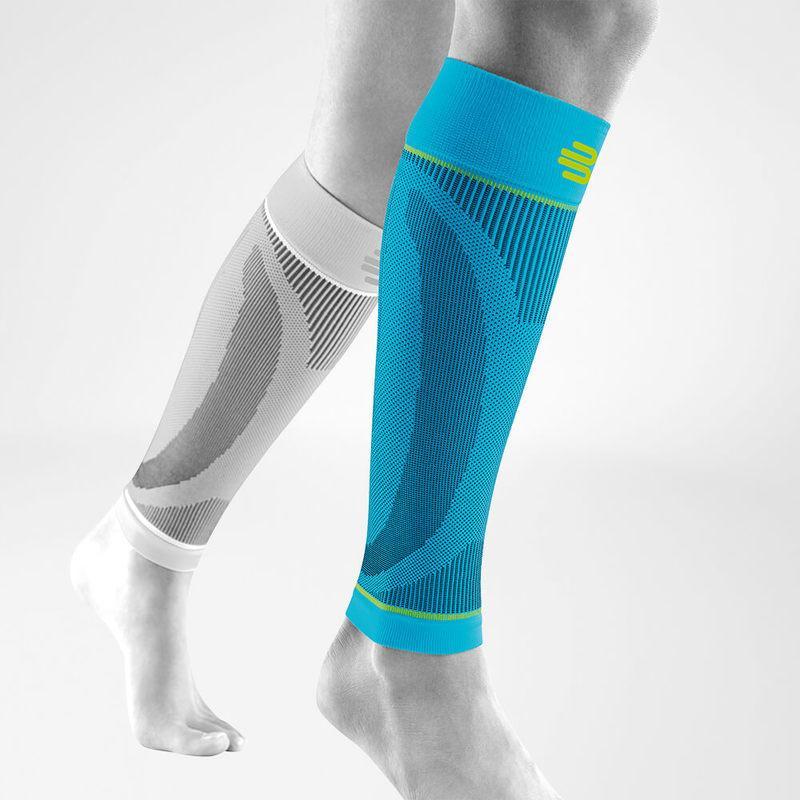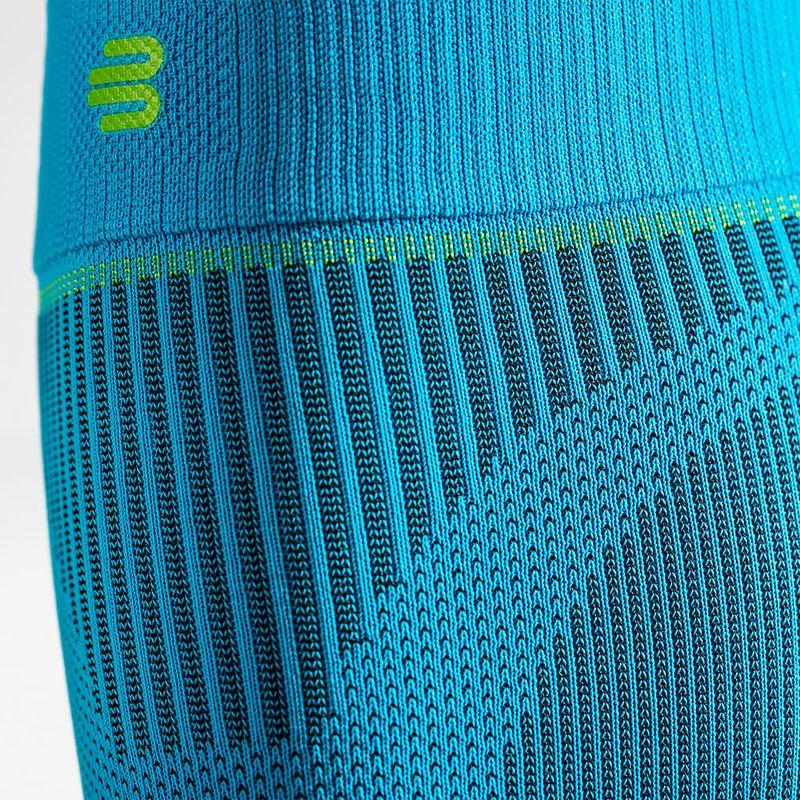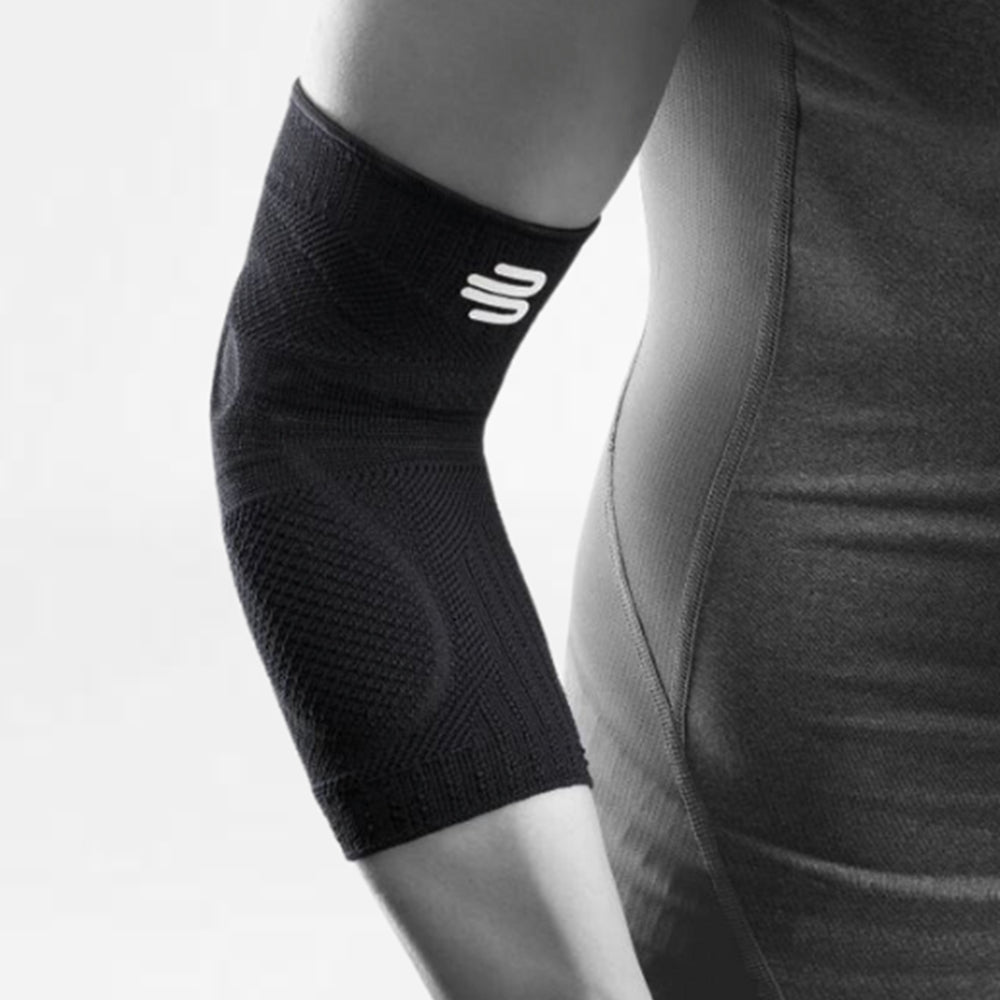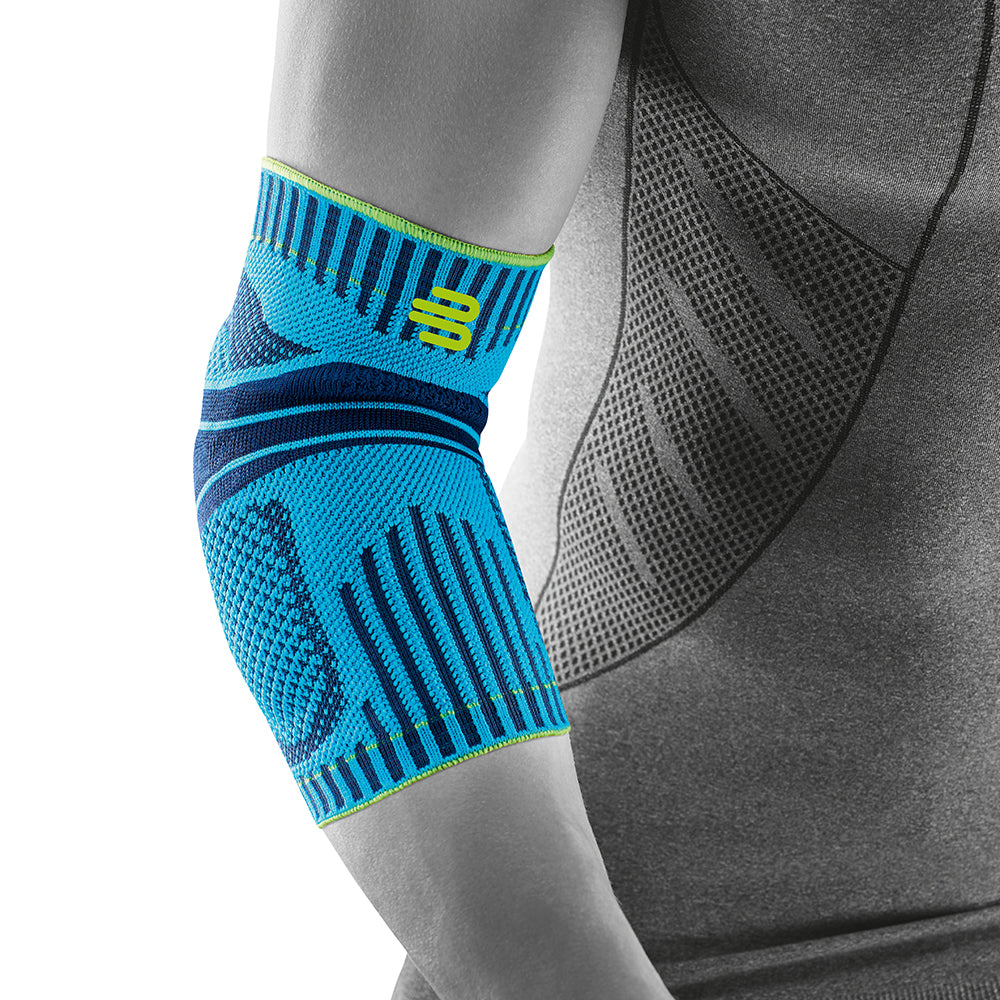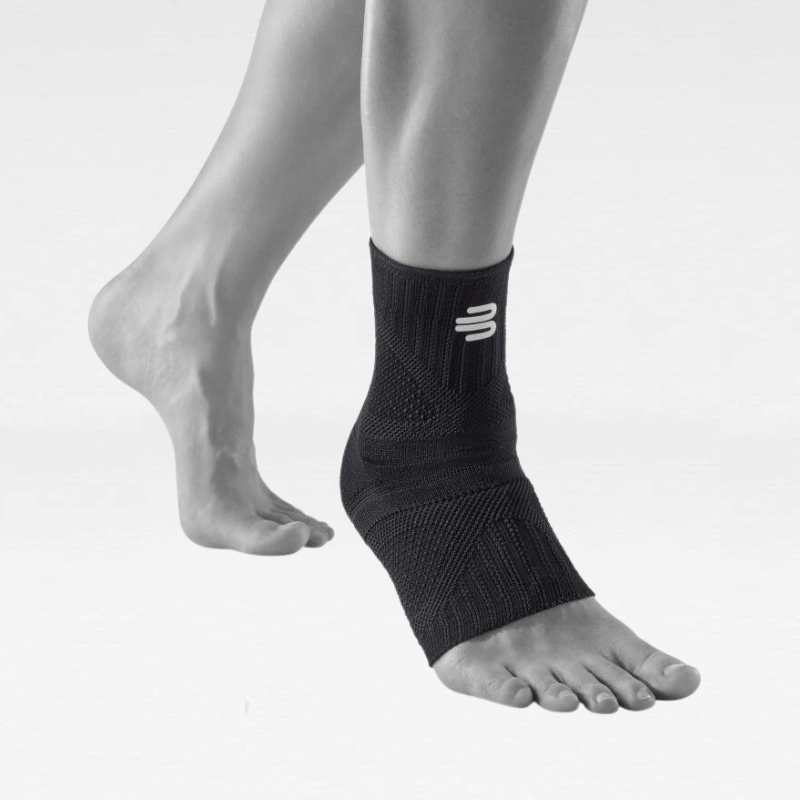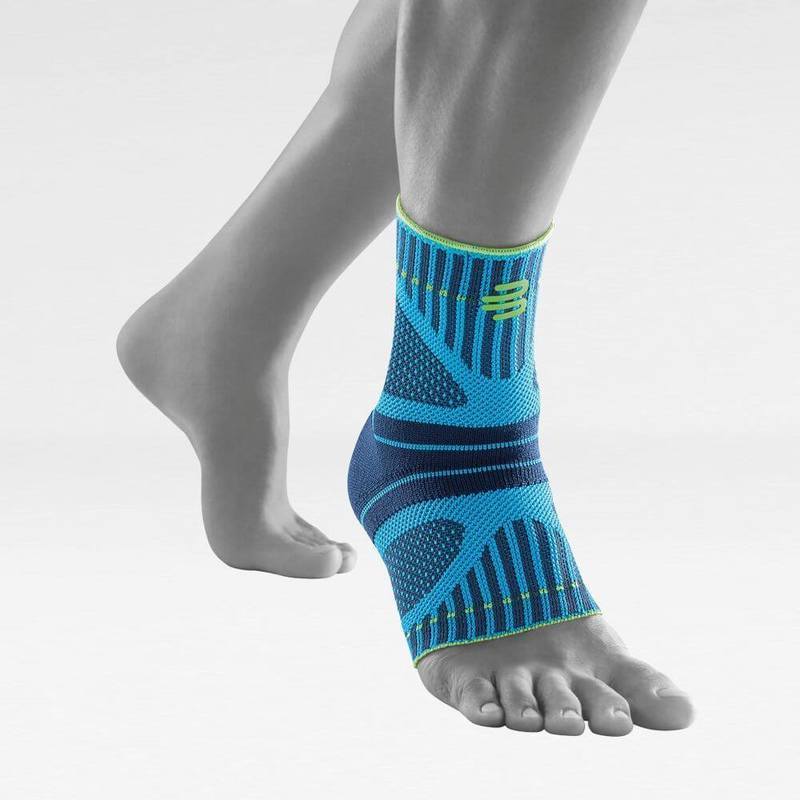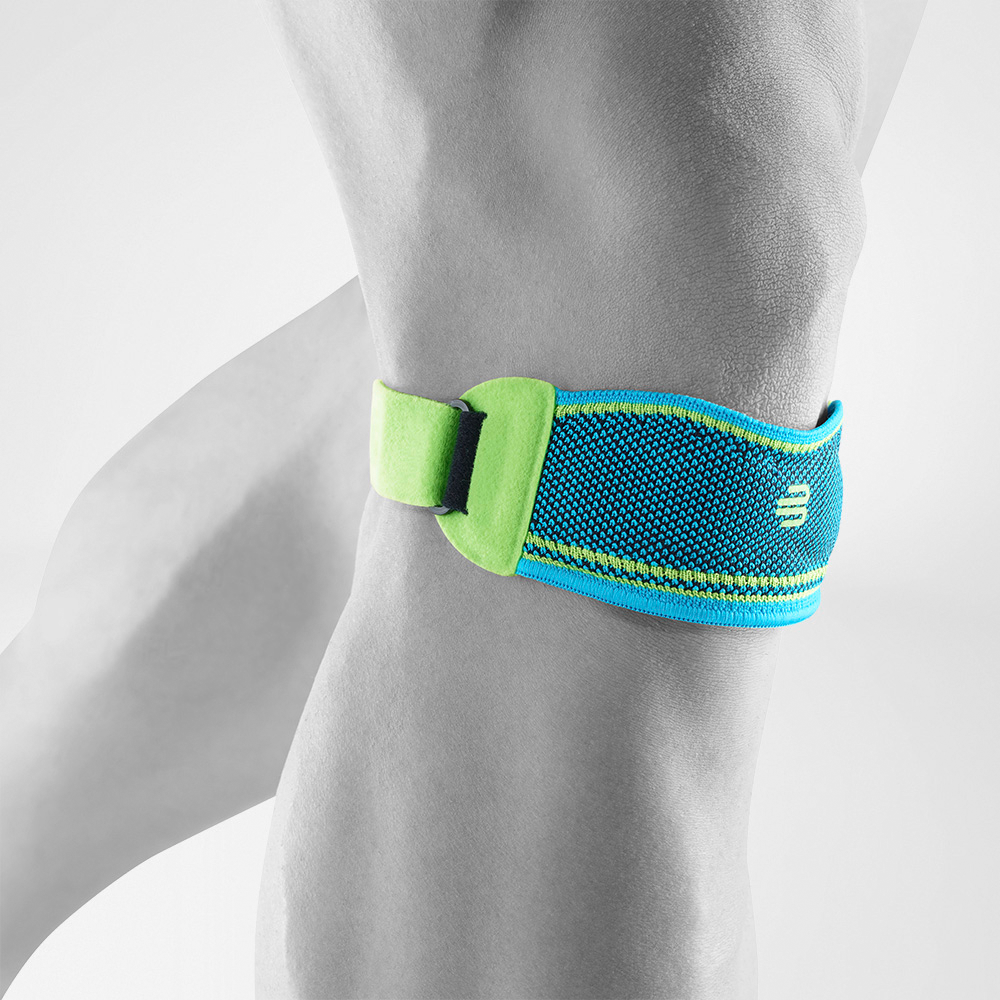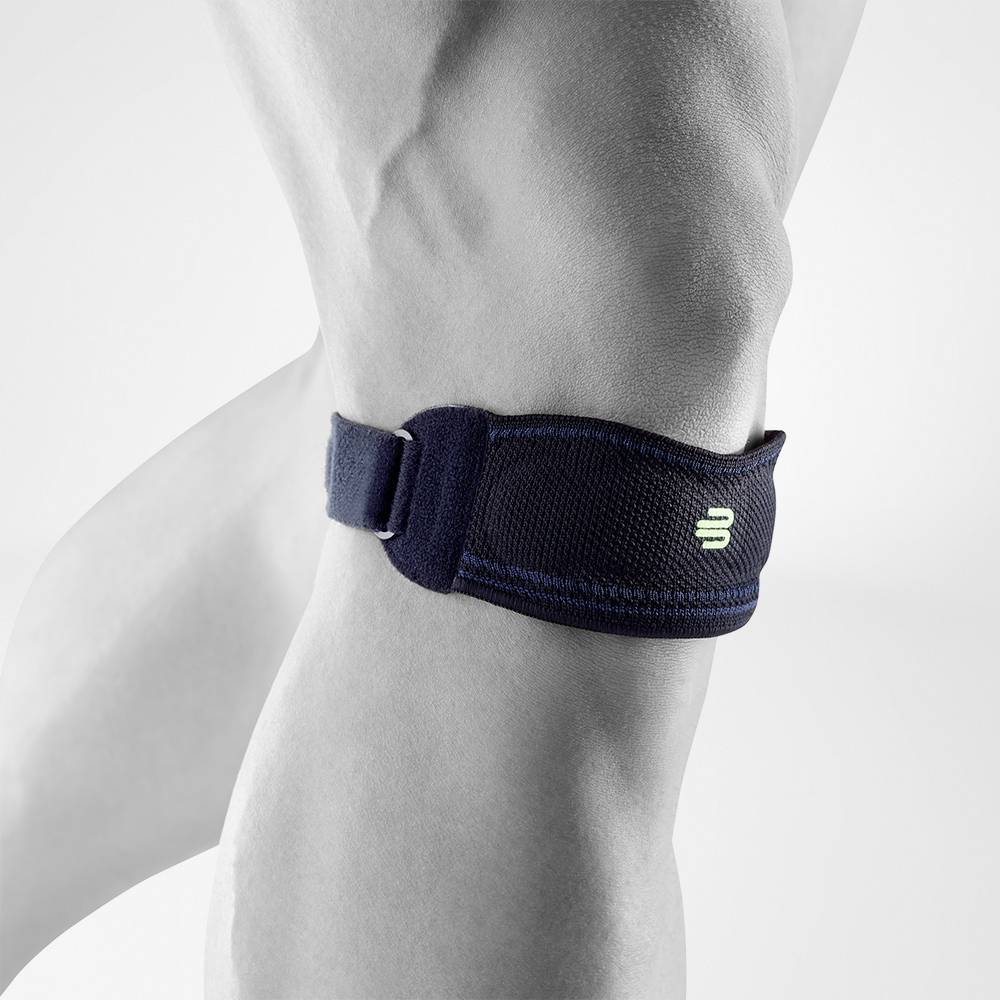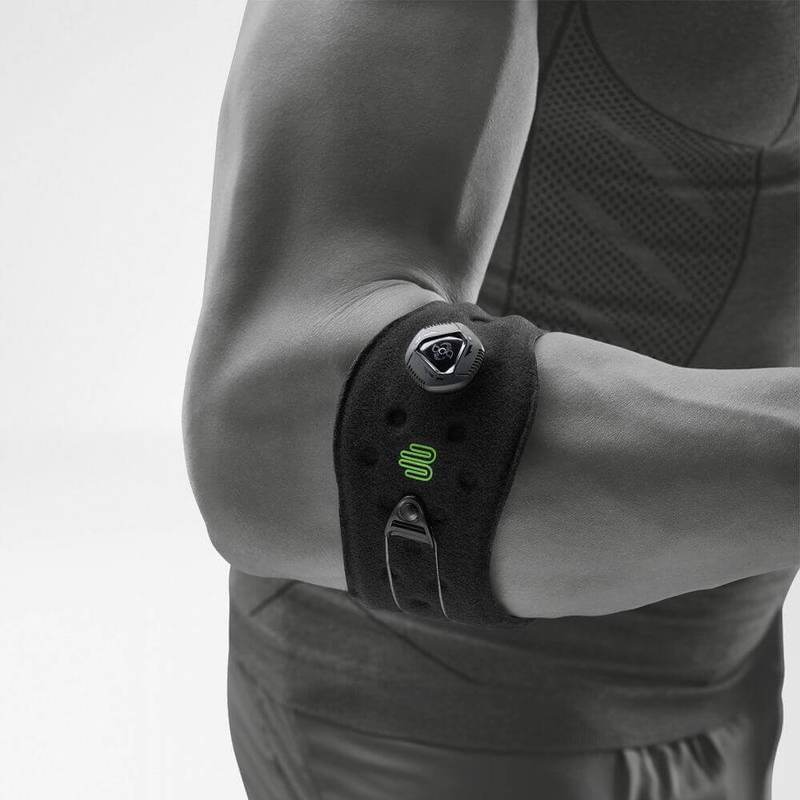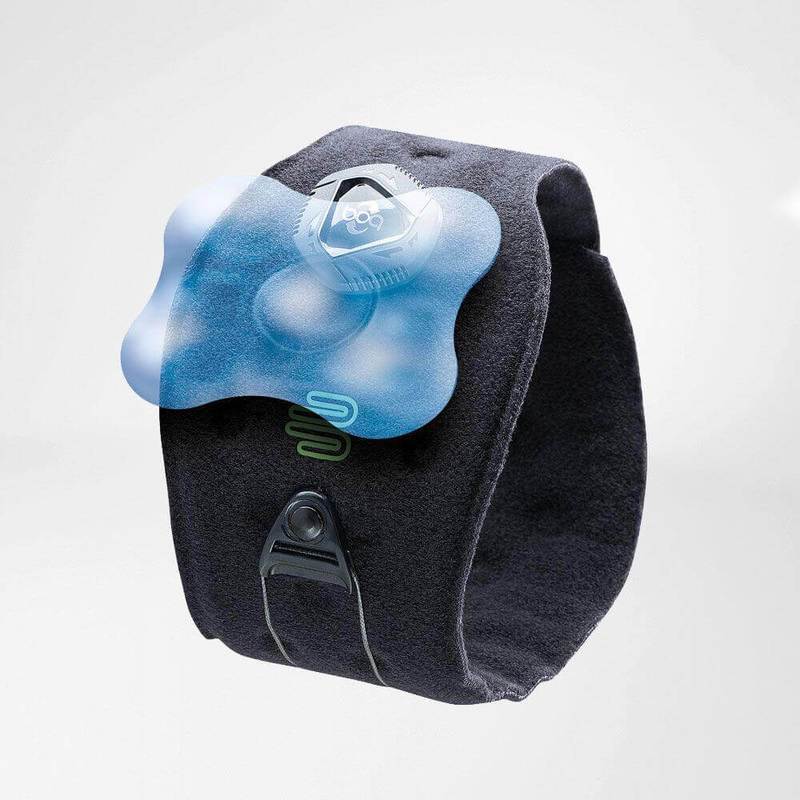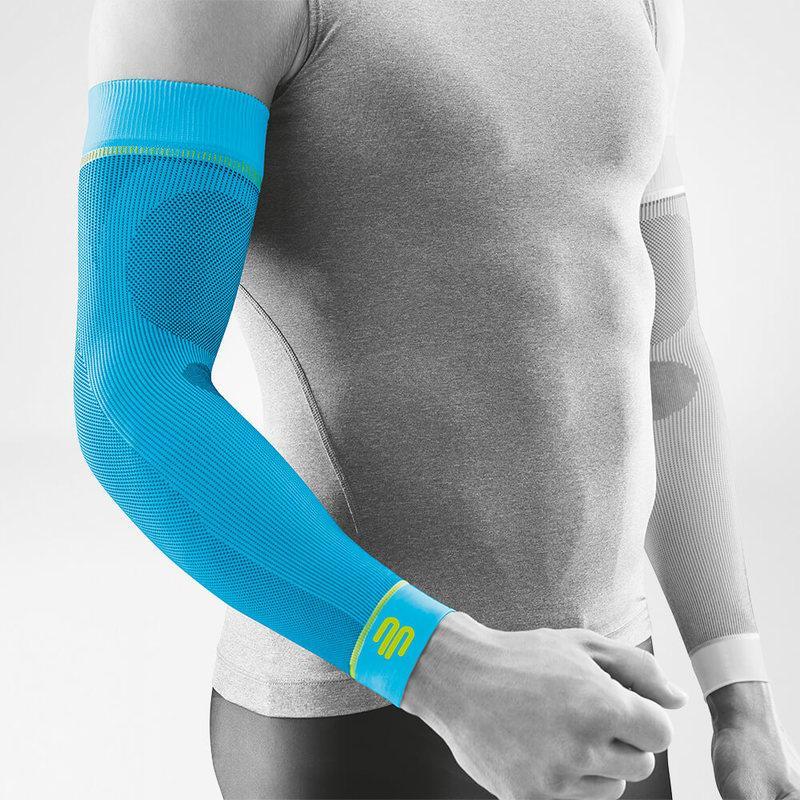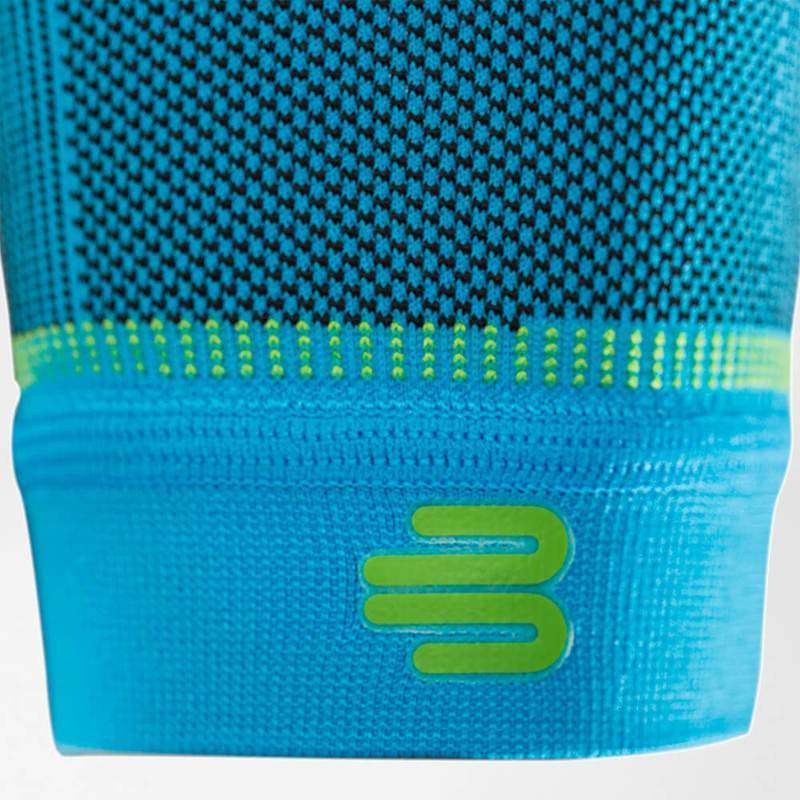Inner knee pain, also below the knee joint on the inside of the lower leg, that occurs after jogging or during stretching – many runners know this problem. The diagnosis is often “pes anserine bursitis”. What is behind this awkward term?
Pes anserine bursitis is an inflammation of the tendon insertion on the inner tibial plateau.
What is pes anserine bursitis and what causes pain on the inner side of the knee?

Pes anserinus is the name of a tendon structure made up of the tendons from three muscles: the semitendinosus muscle, the gracilis muscle and the sartorius muscle. If the tendon insertion located on the inner tibial plateau has become inflamed, the diagnosis will be pes anserine bursitis. The inflammation is usually caused by inappropriate mechanical stress on the leg. If you spend a long time on an uneven or unstable surface, your leg will be subjected to excessive strain. Muscular imbalance has a similar effect. But worn-out running shoes or a sub-optimal running technique, too, can lead to pes anserine bursitis.
Anyone can be affected: from beginners who haven’t found the ideal running technique yet and have exceeded their boundaries with too much enthusiasm, to professionals who are so focused on their training that certain aspects have been overlooked.
If you suffer from inner knee pain, pain in the tibia or lower leg, examine your running training thoroughly and ask yourself the following questions:
- What type of routes have you been running lately? Are they hilly or uneven, do large parts go through the woods?
- Are your muscles strong enough for the trails you’ve chosen?
- Are your running shoes still OK?
- What is your running technique like?
Important: only your physician will be able to confirm whether your knee pain really is pes anserine bursitis. So if your pain is ongoing, you should definitely make an appointment so your physician can determine the cause.
How do I stop the inside of my knee from hurting?
Much like with all pain in the knee area, the same applies to pes anserine bursitis: take a step back and allow your body a little rest, relaxation and go easy on it. You should not subject your knee to any strain or as little as possible. Try to avoid activities that trigger pain. In general, cooling the painful area also helps, for example with a cold compress for 20 minutes.
If needed, your physician can additionally prescribe anti-inflammatory medication or creams. Those can help to accelerate the healing process and alleviate pain.
You should also discuss potential physical therapy with your doctor because targeted exercise can have a positive influence on the progression of the condition. In general, the focus is on leg axis training, torso and pelvis stabilisation as well as stretches.
Boosting the healing process with knee supports
Pes anserine bursitis: how a support can help
Of course, you want to eliminate your pain as quickly as possible and get back out there. When you return to your running training, wearing a knee support may help. It stabilises your knee and protects it from recurring excessive strain – this includes the time after your come-back.
If you are suffering from pes anserine bursitis, your knee needs stability and strengthening – and that is exactly what our Sports Compression Knee Support provides. Find out more here about what the support can do for your running training.





